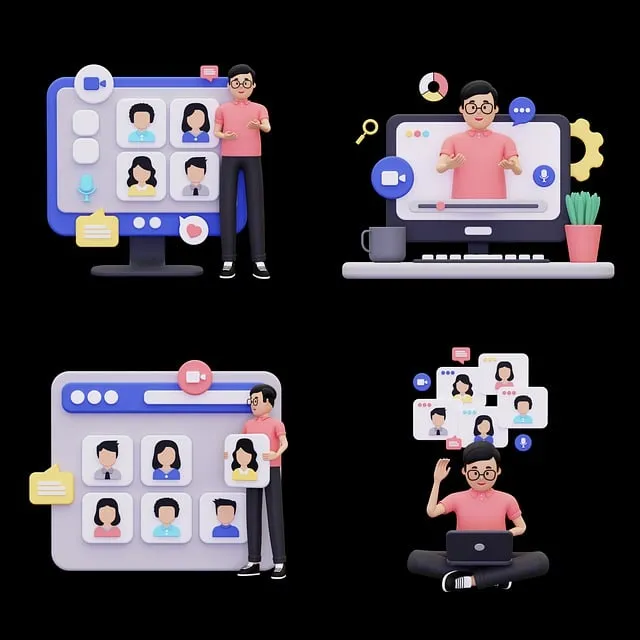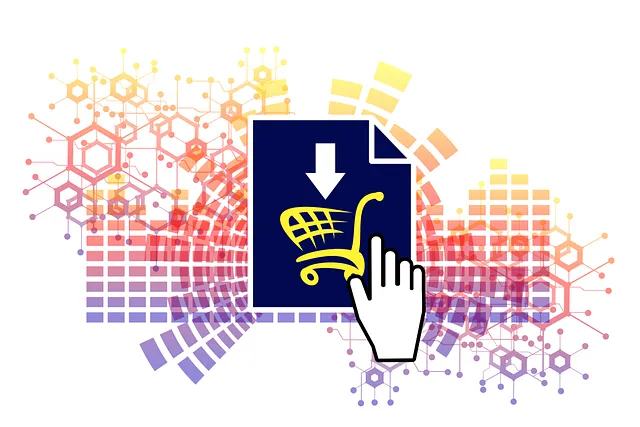Environmental scientists and activists utilize stealthy web surfing techniques like anonymous browsing (with tools like VPNs) to protect personal data, safeguard against surveillance, and maintain privacy while advocating for critical environmental causes. This practice is not unique to them—marketing managers also use it for competitive intelligence gathering and secretive collaborations. By eliminating digital footprints, these methods enable users to access restricted information, engage in private discussions, and conduct investigations discreetly, enhancing security and ensuring their online activities remain confidential.
In the digital age, environmental scientists and activists face unique challenges in their advocacy. The need for anonymity is paramount, especially when tackling powerful interests. Anonymous browsers offer a solution for secure, untraceable online activity, enabling professionals to protect their identities and maintain the secrecy of sensitive research and campaigns. This guide explores how these tools safeguard privacy, highlights benefits for environmentalists, and provides practical steps for implementing secure browsing practices in the fight for our planet’s future.
- Understanding the Need for Anonymity in Environmental Advocacy
- How Anonymous Browsers Protect Online Privacy and Security
- Benefits of Stealthy Web Surfing for Scientists and Activists
- Implementing Secure Browsing Practices: A Practical Guide for Environmental Professionals
Understanding the Need for Anonymity in Environmental Advocacy

Environmental scientists and activists often find themselves at the forefront of critical research and campaigns, tackling pressing issues like climate change, deforestation, and pollution. In this high-stakes landscape, anonymity can be a powerful tool for safeguarding their work and personal safety. Just as marketing managers employ stealthy web surfing techniques to gather insights without revealing their identity, these advocates require similar strategies when navigating the digital realm.
Anonymity allows them to move through online spaces discreetly, protecting sensitive data and preventing potential surveillance or retaliation from those whose interests might be threatened by their work. It enables them to collaborate securely, share critical information, and organize campaigns without exposing personal identities. In an era where data privacy is a growing concern, understanding and utilizing anonymous browsing becomes an essential component of environmental advocacy, ensuring the continuity and impact of their vital efforts.
How Anonymous Browsers Protect Online Privacy and Security

Anonymous browsers offer a layer of protection for environmental scientists and activists who need to maintain online privacy and security while researching or communicating about sensitive topics. By masking IP addresses, these tools ensure that tracking and surveillance are significantly more difficult. This anonymity is crucial in preventing potential harassment or even physical dangers that could arise from exposing personal information.
Stealthy web surfing enables users to navigate the internet without leaving digital footprints, which can protect against targeted online attacks. It’s akin to using a private backdoor into the vast network of information, allowing for discreet access and communication. This is especially valuable for marketing managers in niche industries where competitive intelligence gathering or secretive collaborations are essential, mirroring the need for anonymity among environmental advocates.
Benefits of Stealthy Web Surfing for Scientists and Activists

For environmental scientists and activists, maintaining anonymity online is paramount to safeguarding sensitive research data and personal safety in their efforts to advocate for ecological causes. Stealthy web surfing offers a crucial solution by eliminating digital footprints, protecting against potential surveillance, and fostering a culture of security and discretion.
This practice enables professionals to access restricted information, engage in private discussions, and conduct investigations without leaving traceable data that could compromise their operations or personal identities. By employing tools designed for anonymous browsing, they can navigate the web freely, ensuring their online activities remain confidential and secure—a far cry from the constant digital surveillance many marketing managers face in their professional pursuits.
Implementing Secure Browsing Practices: A Practical Guide for Environmental Professionals

For environmental scientists and activists, maintaining anonymity while browsing the web is essential to protect their research and personal safety, especially when operating in sensitive environments or dealing with controversial topics. Implementing secure browsing practices is a practical step towards ensuring privacy. This involves using specialized tools like virtual private networks (VPNs) and anonymous browsers that mask IP addresses, encrypt data transmission, and provide an additional layer of security.
By adopting these stealthy web surfing techniques, professionals can engage in anonymous research, access restricted information, and communicate securely without leaving digital footprints. It’s a vital skill set for those navigating the complex landscape of environmental advocacy, enabling them to operate with enhanced discretion while safeguarding their work from potential surveillance or censorship.
For environmental scientists and activists, protecting their digital footprint is crucial to continuing their vital work. By adopting stealthy web surfing techniques with anonymous browsers, they can enhance online privacy and security without compromising their mission. This ensures that sensitive research and advocacy efforts remain secure from potential threats and allows for more effective navigation in the digital landscape. With the right tools and knowledge, as outlined in this article, professionals in the environmental field can safeguard their data and maintain the anonymity necessary to drive real change.
